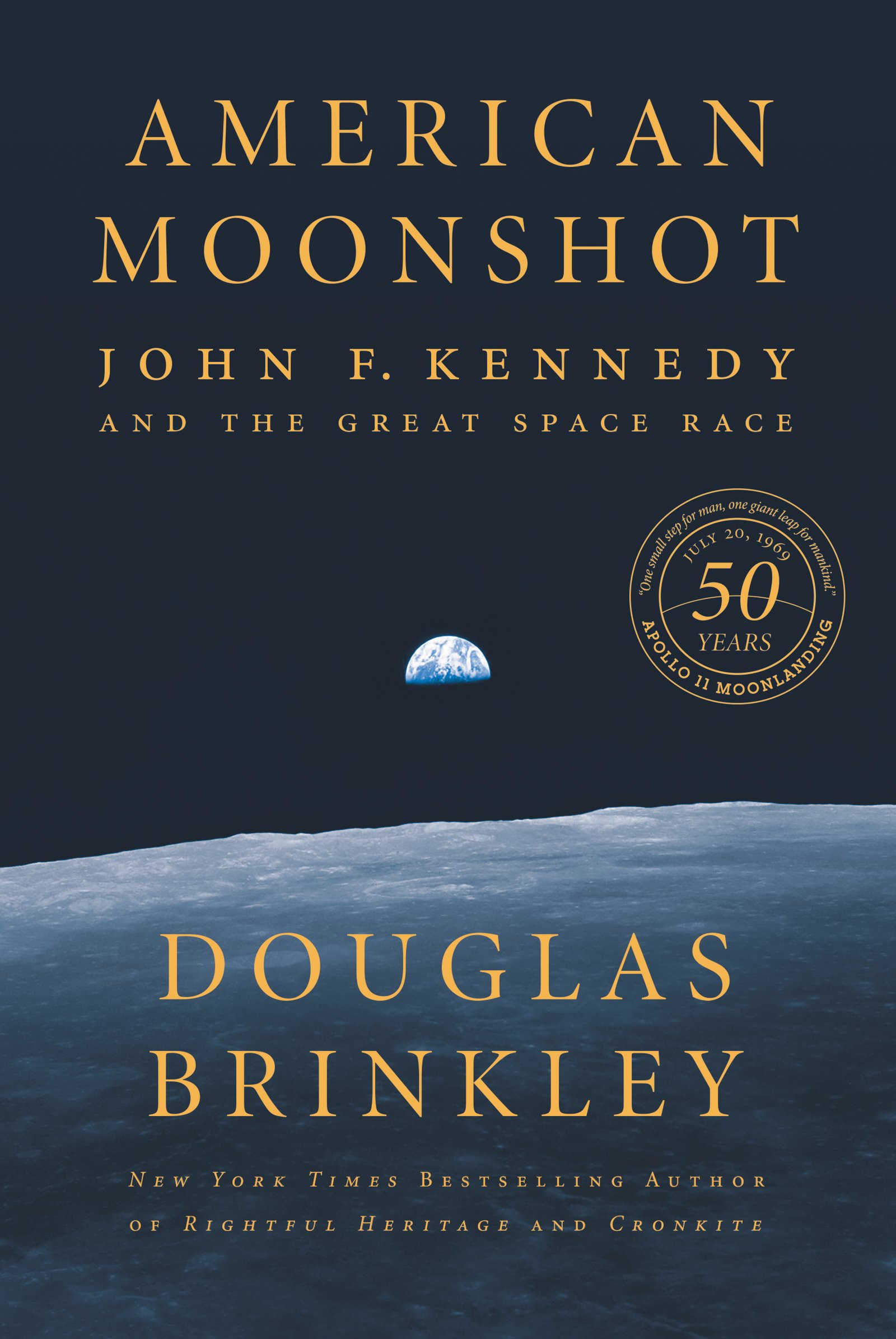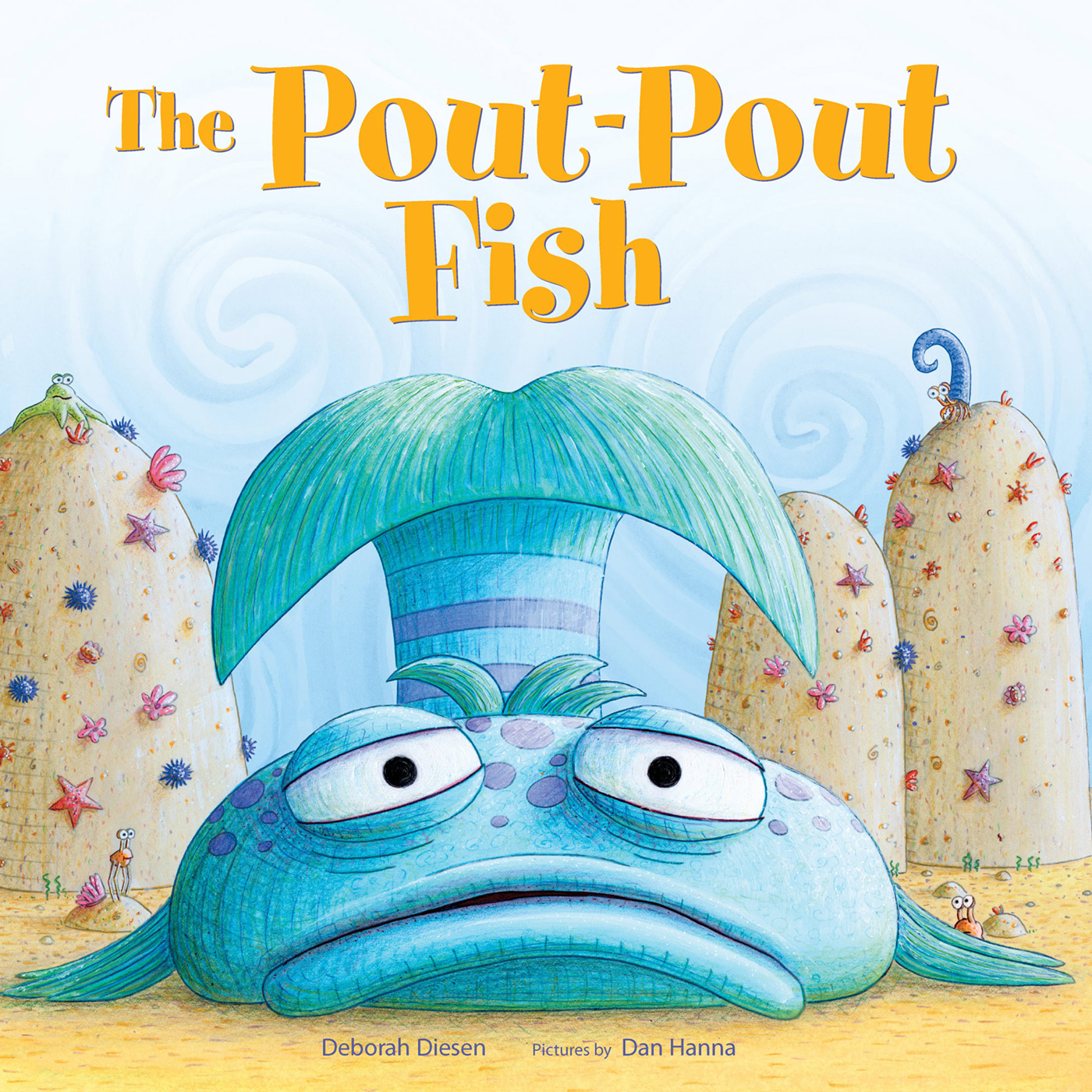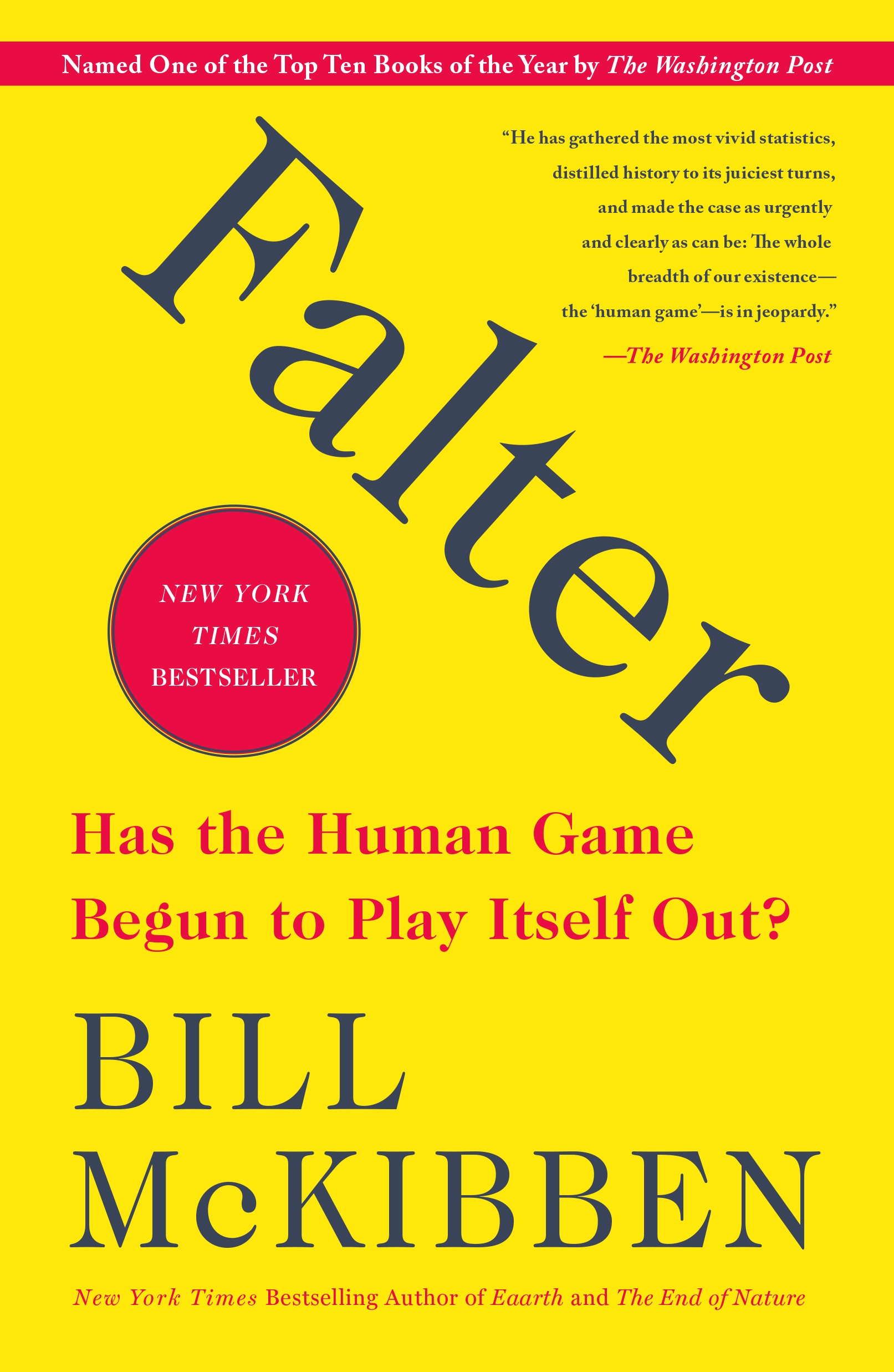Techniques of Lipidology: Isolation, Analysis, and Identification of Lipids
by Morris KATES
2020-12-29 19:34:15
Techniques of Lipidology: Isolation, Analysis, and Identification of Lipids
by Morris KATES
2020-12-29 19:34:15
'Techniques of Lipidology' can be considered a lipid research classic. This, the 3rd edition, describes how to extract lipids, to separate lipid classes from a total lipid extract, to analyze lipids by TLC, and to hydrolyze lipids. The book a...
Read more
'Techniques of Lipidology' can be considered a lipid research classic. This, the 3rd edition, describes how to extract lipids, to separate lipid classes from a total lipid extract, to analyze lipids by TLC, and to hydrolyze lipids. The book also includes a wealth of IR, NMR and mass spectrometry data about lipids and their hydrolysis products. Earlier editions of this book have served as a practical and fundamental guide to Lipidology for thousands of scientists worldwide. The original work by Dr. Morris Kates was published in 1972 and was followed by a second edition in 1986. In this, the 3rd edition, Dr. Kates incorporates key aspects of his own and related research since 1986, adding detail and expanding content to include groundbreaking findings related to cardiolipin, extremophiles, and the composition of cell membranes. The overall format and organization of the third edition is similar to that of the second edition, but has been considerably extended in scope and coverage. Comprehensive lists of figures, tables and equations have been added for the convenience of the reader. Finally, the book has been typeset on pages that are 35% larger than those of earlier editions. We trust that this revised edition will be useful to a wide group of experienced researchers and scientists in the fields of molecular biology, biochemistry and medicine. Material covered - highlights: Classification of lipids Spectral characteristics of lipids Reactions and calculations Equipment and supplies 160+ Concise procedures: Lipid extraction and analysis Separation of lipid mixtures Radioisotopic labelling, extraction and analysis of lipids Identification of lipids and lipid moieties For ease of reference, the book now includes lists of figures, tables, and equations, and an expanded index and table of contents. 35 tables 43 figures 113 equations 350+ structures 800+ references 160+ concise procedures Audience: Lipid researchers, as well as biochemists and molecular biologists whose research has led them to the analytical biochemistry of lipids.
Less































